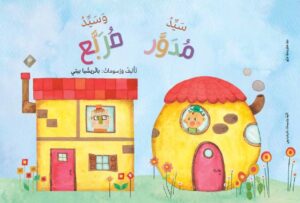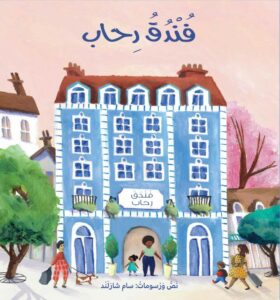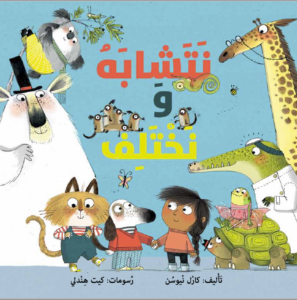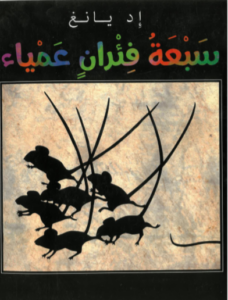Let’s talk...
About the child’s opinion:
Mr. Round and Mr. Square see things in contrasting ways. We can ask our child: Are things really contradictory? How do you see it? Do you think the dog is first or last? Is the car really moving away or coming closer? We can encourage them to use expressions like “it depends on” or “according to,” to stimulate seeing things from multiple angles.
Similar experiences: we can ask our child: Have you ever disagreed with a friend?What was that like?
Let's stimulate thinking...
We can look at household items and describe them from Mr. Round’s and Mr. Square’s perspectives, for example: I see a wall behind the TV, or a TV in front of the wall. Let’s describe other items using different expressions like: in front-behind, above-below, or any other appropriate expression.
Let’s enrich our language...
The story is full of opposites, such as: near-far, first-last, bright-dark, and others. We can find them and use them to describe what’s around us.
Let’s create...
We can draw several circles on one paper and several squares on another, then create shapes and drawings from each circle and square.
Let's play...
We can compete to collect the largest number of items in our house that contain different shapes: circle, square, dots, parallel lines, and others.
Let’s talk...
About the title: What distinguishes a hotel from a house? Are there other words with the same meaning? How should we behave in a hotel?
About differences: People and animals have different needs, and the girl and her mother tried to accommodate the rooms accordingly. Let’s follow the drawings, discuss the needs of each visitor, and explore how the girl responded to them.
About personal traits: we can ask our child about the girl’s qualities and how they manifested in her actions. We can also discuss our child’s unique qualities compared to siblings or peers and how they are presented in their behavior.
About fostering responsibility and a sense of belonging: we can talk to our child about the roles they enjoy taking on at home and the roles each family member plays. We can emphasize how these roles express real responsibility and a sense of belonging.
About solving problems creatively: we can recall situations at home that required unconventional solutions, and how we successfully overcame them together. We can explore further by researching information about the animals mentioned in the story and their characteristics and habitats.
Let’s explore...
We can search the encyclopedia or the internet for information about the animals mentioned in the story, about their characteristics and how they live.
Let’s create...
The book’s illustrations beautifully capture the harmony between the setting and the different character traits. We can delve into the charming details of the drawings, create or design rooms for other animals based on their features.
Let’s communicate...
We can take a stroll around town and look for signs indicating accessibility for people with special challenges. We can take their picture with our phones and discuss their importance for inclusivity in general.
We turn...
We turn the pages of the book together. Which character resembles us today, and how? We may find that the character we identify with changes every time we read the book.
How are we...
How are we similar and different from the rest of our family? On a large canvas, we can glue a picture of each family member. We draw or remove pictures from magazines and newspapers of things or activities that we share, such as food we all enjoy, or a place we like to visit, and stick them on the canvas. In addition, we draw or search for pictures that express the difference between us, such as: preference for quiet or noise, sleeping early or staying up late, etc.
We can play...
We can play the game of opposites: we say an adjective aloud, such as: fast, cold, etc. and our child should say the opposite of the word. We can discover that a word may have more than one opposite!
We can stand...
We can stand with our child in front of the mirror and explore our similar features. Do we have the same eye-color? Or maybe the same eyebrow shape? We take turns creating and mimicking funny facial expressions. Which expressions made us laugh the most?
We sit in...
We can play the game “Imitate Me”: we sit in a circle, and the first player has to make a certain move. The second player imitates them if he likes the move, and if he doesn’t like it, he makes a new move, and so on. What moves do all the players like?
 Mr. Round and Mr. Square
Mr. Round and Mr. Square  Rihab’s Hotel
Rihab’s Hotel  The Same but Different
The Same but Different  Seven Blind Mice
Seven Blind Mice 
